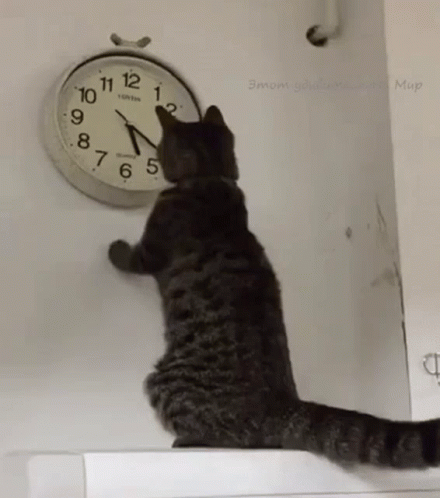The Optimal Length of a VR Workout: Balancing Intensity and Time
When it comes to exercise and fitness, there is no one-size-fits-all answer to the question of how long a workout should be.

When it comes to VR exercise and fitness, there is no one-size-fits-all answer to the question of how long a workout should be. The optimal length of a workout depends on several factors, including your fitness goals, the type of exercise you're doing, and your personal schedule and preferences.

Academic study
Two years ago, the startup I co-founded with my wife looked into this topic which formed the basis of an academic whitepaper that will be available later this year.
This study was around behavioural change and and was covered and supported by academics across Psychology, Sports Science and Nutrition. One of the big drivers around my thesis on exercise length was that for the people who didn't actually workout, they didn't like the idea of sweating it out, either at home or in a gym. So my product was geared around the delivery of 2 minute exercises performed around 5 times a day.
In short, the study and outcomes were wildly successful, and the learnings from this are being rolled into my PIPxr product.
Here are some guidelines to help you find the right balance between intensity and time in your workouts:
High-Intensity Interval Training (HIIT):
HIIT is a popular workout style that alternates short bursts of high-intensity exercise with periods of rest or low-intensity exercise. HIIT workouts can be as short as 15-20 minutes, but they should be intense and demanding.
Strength Training:
Strength training exercises, such as weightlifting and resistance band work, typically require more time to complete, as you need to perform multiple sets of each exercise with proper form. A full-body strength training session can last anywhere from 30-60 minutes.
Cardio:
Cardiovascular exercise, such as running, cycling, or swimming, typically requires longer sessions to see benefits. Aim for 30-60 minutes of moderate-intensity cardio exercise, 3-5 times a week.
Mind-Body Exercise:
Yoga, tai chi, and Pilates are examples of mind-body exercises that can be done for longer periods of time, up to an hour. The focus is on breathing, mindfulness, and form, rather than high-intensity effort.
Personal Goals and Schedule:
The first thing to do is consider your fitness goals, you will have heard that said a million times, but its relevent to everyone. Do you want to increase stamina and overall fitness, we all know building muscle right now is near impossible until, say, later in the year when better colour passthrough is available. Or do you simply want to loose a bit of weight put on over the holidays? Just start with small steps.

The second thing to consider is deciding on the length of your workout. this will have a major impact on wether you actually stick to a routine, and yes, it is a routine, but make it a habit to make it familiar.

If you have limited time, a short, intense HIIT workout can be a great option. If you have more time, a longer strength training or cardio session can be more effective.
Remember, consistency is key, so aim to make exercise a regular part of your routine, regardless of the length of your workouts.





